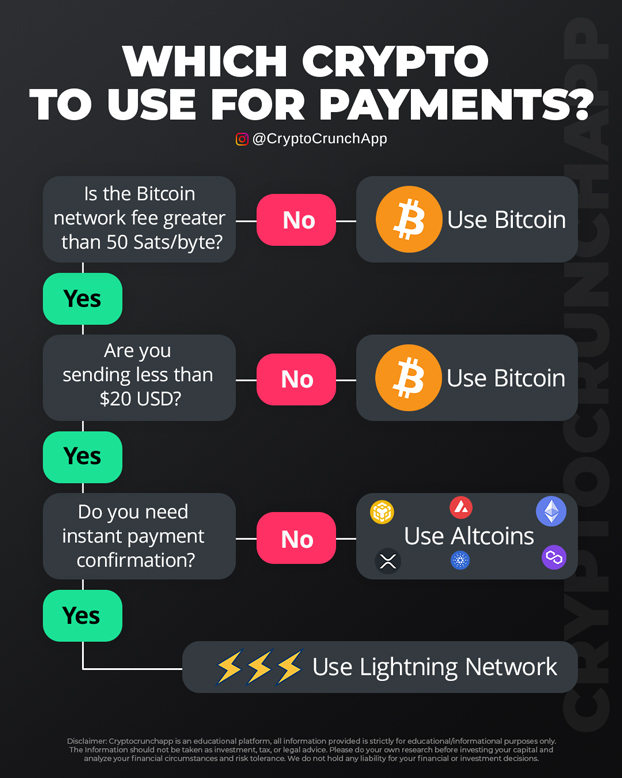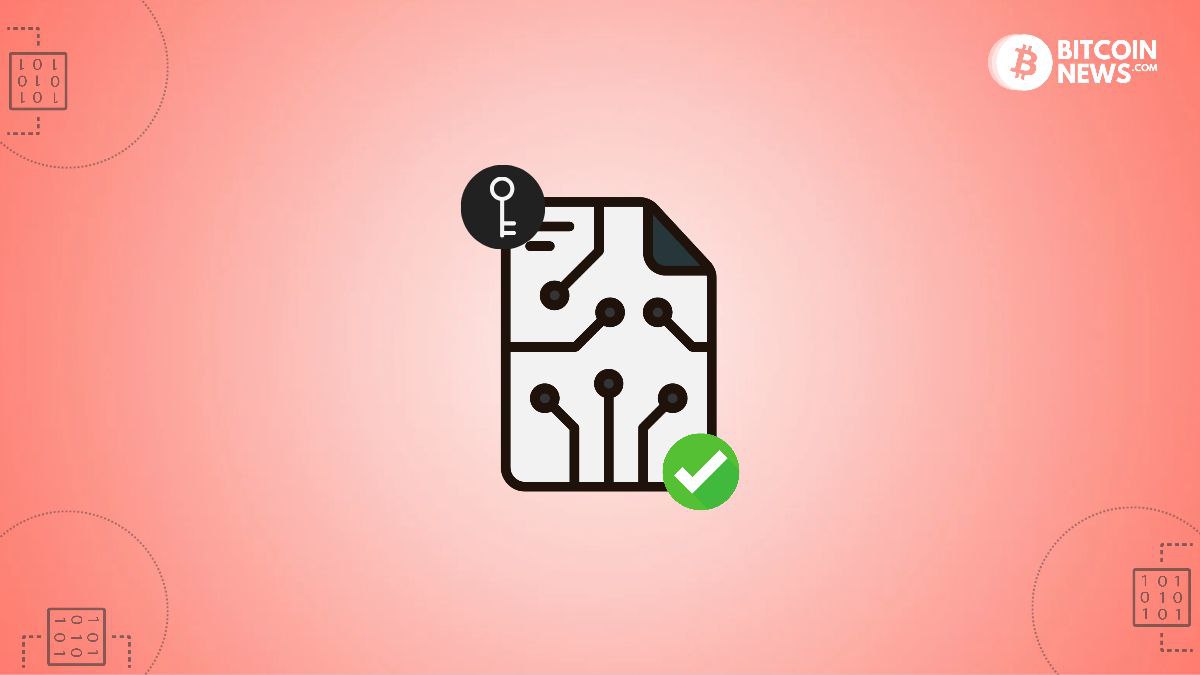2Y
...

Cryptocurrencies have revolutionized the way we think about financial transactions, but with so many options available, how does one choose the right currency for a transaction? The key lies in understanding transaction fees, amount thresholds, and the need for speed.
Bitcoin has long been the go-to cryptocurrency for its widespread acceptance. However, transaction fees, measured in Satoshis per byte, can make or break the deal. When the network is congested, and fees soar above 50 Sats/byte, one might consider alternatives to avoid hefty transaction costs.
For smaller transactions, particularly those under $20, Bitcoin is often the preferred choice. The reasoning is simple: even with higher fees, the overall cost remains a small fraction of the transaction’s total value, keeping it economical.
Speed is another critical factor in the world of crypto payments. When instant confirmation is essential, the Lightning Network comes into play. This innovative layer on Bitcoin’s blockchain expedites transactions while curbing fees, perfect for those who can’t afford to wait.
But what about transactions where time is a luxury? Here, altcoins enter the scene. With a myriad of cryptocurrencies available, each with unique benefits and lower fees, users can select an alternative that best suits their transaction’s size and urgency.
In summary, choosing the right cryptocurrency for payments isn’t just a matter of personal preference. It’s a strategic decision that hinges on network fees, transaction values, and the urgency of confirmation. By considering these factors, anyone can navigate the crypto space with confidence, ensuring their transactions are as efficient as they are secure.
Disclaimer: Market capitalizations can vary in real-time. The information provided here is intended purely for educational purposes and should not, under any circumstances, be construed as financial advice.














